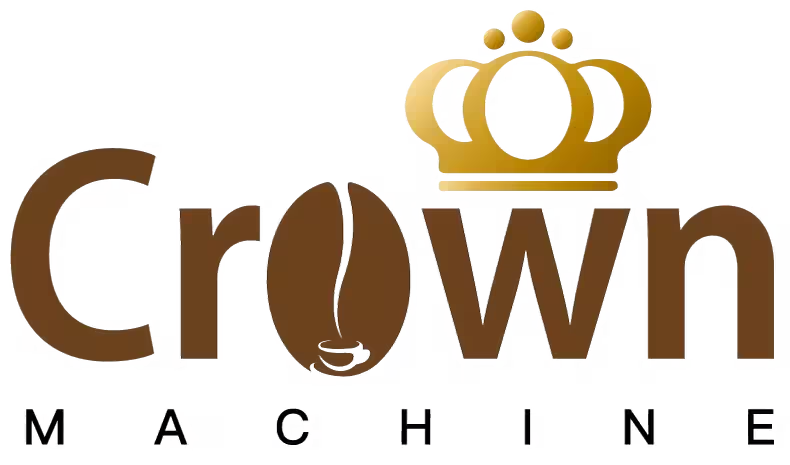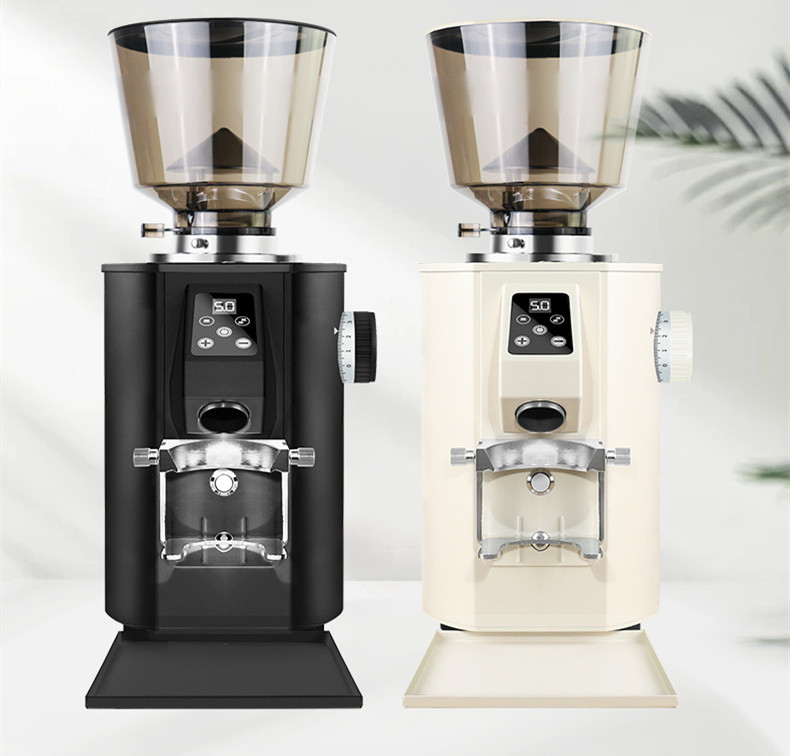Operating a manual espresso machine (such as a lever type or semi-automatic hand press type) requires certain skills to extract the ideal espresso. Here are some key usage tips:
First, preparatory work
Coffee bean grinding
Grinding degree: Manual espresso machines have relatively high requirements for grinding degree and usually need a finer grinding (similar to the granular texture of fine granulated sugar). Too coarse grinding will cause the water flow to be too fast and the extraction to be insufficient. Over-processing may clog the filter screen and lead to excessive extraction.
Freshness: Use freshly roasted coffee beans and minimize their exposure to the air before grinding to retain the aroma and flavor of the coffee.
Powder quantity control
Weighing: Use an electronic scale to precisely weigh the coffee grounds. Generally, each cup of espresso requires 18-20 grams of coffee grounds (depending on the capacity of the coffee bowl).
Even distribution: After pouring the coffee powder into the powder bowl, gently tap the edge of the bowl to make the surface of the coffee powder smooth and avoid any gaps or unevenness.
Powder pressing technique
Powder pressing force: Use a powder press (Tamper) to apply pressure evenly with moderate force (about 15-20 kilograms of pressure). If it is too light, it will cause uneven extraction; if it is too heavy, it may impede the water flow.
Vertical powder pressing: Ensure that the powder press is perpendicular to the powder bowl to avoid tilting which may cause uneven distribution of coffee powder.
Second, the extraction process
Preheat the machine
Before extraction, first run hot water through the handle and the powder bowl to preheat the machine and the powder bowl, avoiding a sudden drop in temperature that may affect the extraction effect.
Handle installation
Firmly lock the handle onto the coffee machine’s brewing head to ensure a good seal and prevent air or water leakage during extraction.
Extraction time and pressure
Extraction time: The ideal extraction time is 25 to 30 seconds, from the moment the extraction button is pressed until the extraction is completed.
Pressure control: Manual espresso machines usually control pressure through levers or handles, and it is necessary to maintain a stable pressure (about 9-10 bars). Excessive pressure can lead to over-extraction, while too low pressure can result in insufficient extraction.
Water flow control: During extraction, pay close attention to the water flow. The water flow should be uniform and in a fine stream. If the water flow is too fast, it might be due to overly coarse grinding or insufficient powder pressing. If the water flow is too slow or no water comes out, it might be that the grinding is too fine or the powder is pressed too tightly.
Observe the extraction state
Color change: At the initial stage of extraction, the coffee liquid should be dark brown and gradually turn light brown. If the color is too dark or too light, it may be necessary to adjust the degree of grinding or the force of powder pressing.
Crema (fat) : The surface of an ideal espresso should have a fine layer of Crema, which is golden yellow or reddish-brown. The thickness and color of Crema can reflect the quality of the extraction.
Third, post-adjustment
Adjust according to the taste
If the coffee tastes too sour, it might be due to insufficient extraction. You can try grinding it finer or increasing the grinding force.
If the coffee tastes bitter, it might be due to over-extraction. You can try grinding it coarser or reducing the force of grinding.
Cleaning and maintenance
After each extraction, clean the handle, powder bowl and brewing head in time to avoid coffee grounds remaining and affecting the next extraction.
Regularly perform deep cleaning, such as using cleaning powder or backwashing function, to keep the interior of the machine clean.
Fourth, Precautions
Water temperature control
Make sure the water temperature of the coffee machine is between 90 and 96 degrees Celsius. If the water temperature is too low, it will result in insufficient extraction; if it is too high, it may damage the flavor of the coffee.
Avoid excessive extraction
The extraction volume is usually 30 to 40 milliliters (double concentrated), to avoid diluting the coffee due to excessive extraction.
Practice and experience accumulation
The operation of a manual espresso machine requires some practice. It is recommended to start with the standard parameters and gradually adjust them to find the extraction method that best suits your taste.
By mastering the above skills and constantly practicing and adjusting, you can extract espresso with rich flavor and balanced taste using a manual espresso machine.


